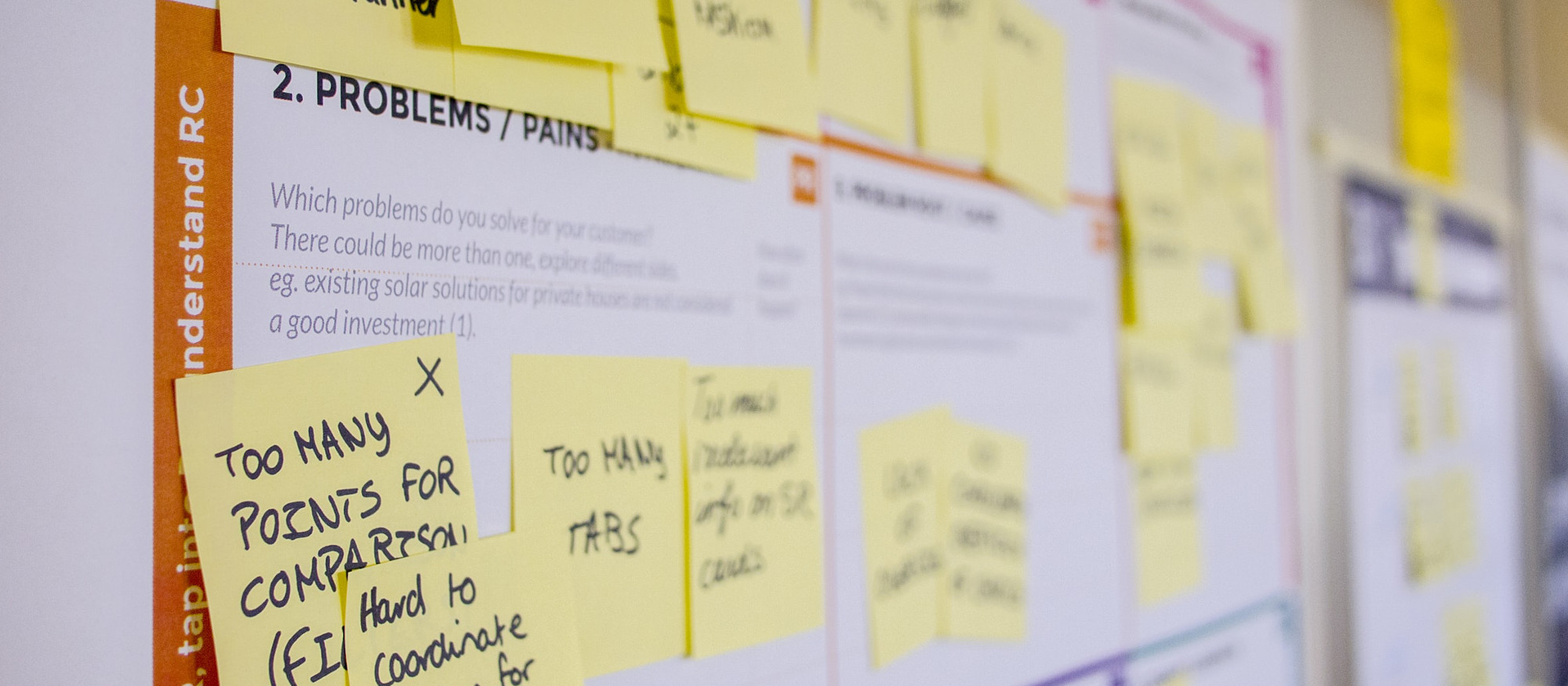What is a customer journey?
There is no mystery. Customer journey mapping is something everyone can do.

Paul Boag at Smashing Magazine puts it like this: A customer journey map tells the story of the customer’s experience: from initial contact, through the process of engagement and into a long-term relationship. (All You Need To Know About Customer Journey Mapping)
So, a customer journey is where your customers/clients/users travel through what your business/organisation has to offer. It could be like battling through the jungle or like a walk in the park – depending on how well your organisation is set up for customers.
The purpose of a customer journey is to help stakeholders deepen their understanding of their customers' behaviour, struggles and feelings. It’s a powerful way to see the world from the customer's point of view.
A customer journey can be linear with a defined start and finish, typically starting where the customer gets to know your business and stopping when the relationship is terminated. It can also be cyclical, with no clearly defined start or end.
There is no industry standard for how you should work at the customer journey, but a traditional approach is the matrix many refer to as the customer journey map. The horizontal axis holds the different phases in a customer relationship, typically awareness, consideration, decision, use, loyalty and termination. The vertical axis can hold whatever, usually; touchpoints, customer quotes, normal customer feelings, etc.
With Aiava we take a radically different approach to customer journey mapping. We focus on what actually happens. We can map out every twist and turn, and are able to create a model of the real world.
The Aiava process goes like this:
- Settle how the customer journey works at the moment. Aiava provides a concept – and a tool that enables you just to write what's happening and Aiava will do the drawing.
- Let your organisation submit their knowledge through comments and discussion – directly onto the map we've created. Gather feedback from customers to understand even more.
- Use Aiava to model how the customer journey should work in the future.
- Work systematically to get there.
The term customer journey is used, with Aiava, in a broad sense. It includes:
- The high-level customer journey, where your customer is converted from just being curious to a loyal customer.
- All the small journeys: onboarding a new customer, request new password, order a product, etc.
- Even the process that runs inside your organisation. It often affects the customer journey indirectly and is an important part of the big picture.

